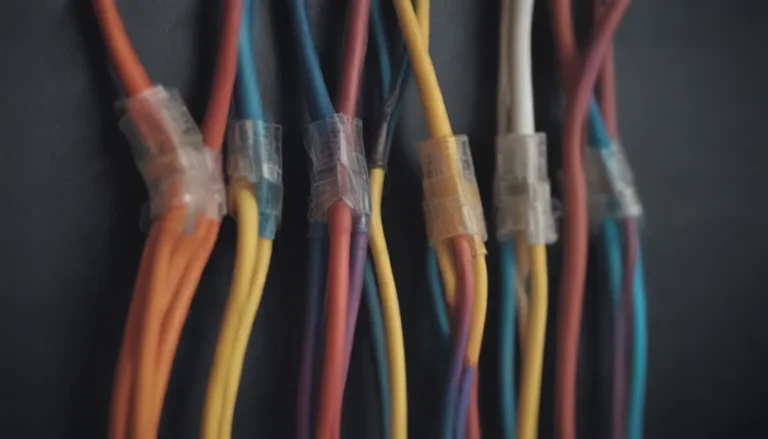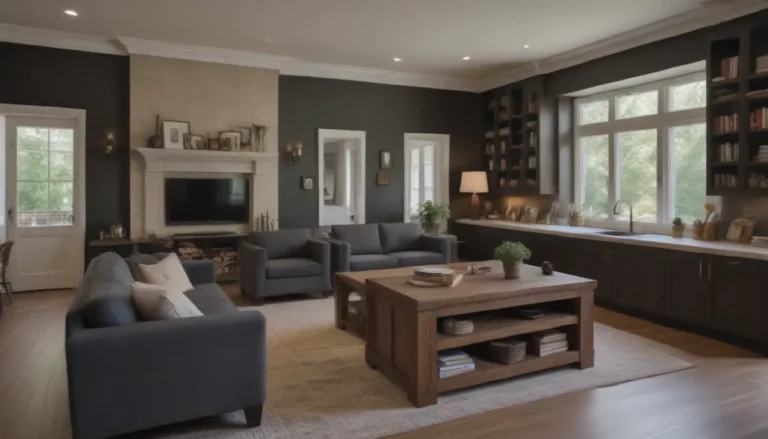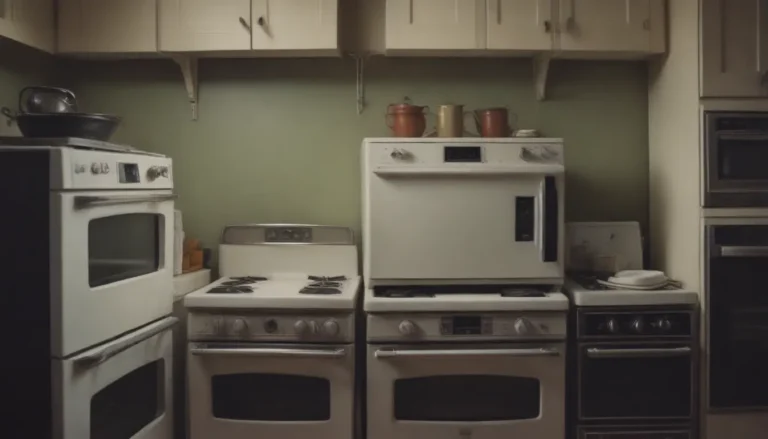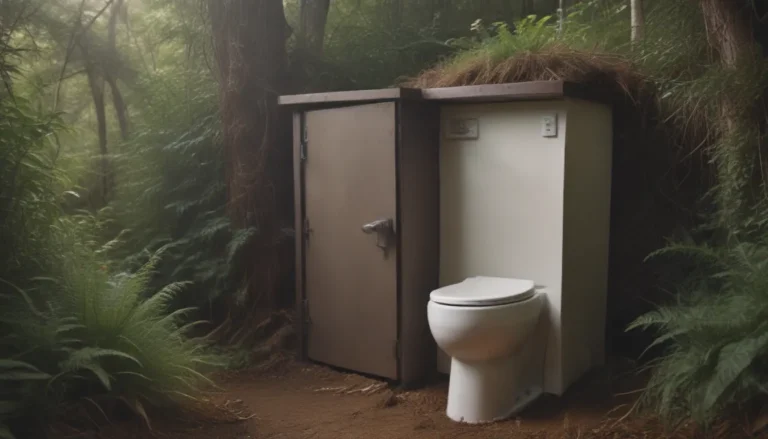The Best Flooring Options for Radiant Heat Systems

If you are considering installing a radiant floor heating system in your home, you are making a wise choice for comfort and energy efficiency. Radiant floor heating offers gradual, room-filling convection heat that is silent and effective in keeping your home warm. Whether you are in a cool climate or just enjoy the feeling of warm floors under your feet, radiant heating can make a significant difference in the comfort of your living spaces.
When it comes to choosing the best flooring to go over your radiant heating system, there are a few key factors to consider. In this article, we will explore the properties that make a floor covering ideal for use with radiant heating and provide you with a comprehensive guide to the best flooring options available. From ceramic tile to natural stone and everything in between, we will break down the pros and cons of each flooring type to help you make an informed decision for your home.
The Benefits of Radiant Heating
Radiant floor heating systems are known for their many benefits, including:
- Gradual, room-filling convection heat
- Silent operation
- Energy efficiency
- Comfortable and warm floors
Whether you are looking to install radiant heating in your bathroom, bedroom, kitchen, or any other room in your home, choosing the right flooring is crucial for maximizing the effectiveness of your system. Let’s take a look at the best flooring options for radiant heat systems.
Ceramic Tile: The Top Choice for Radiant Heating
When it comes to the best flooring to use with radiant floor heating, ceramic tile tops the list. Ceramic tile is an excellent conductor of heat, making it an ideal choice for radiant heating systems. Additionally, ceramic tile retains heat between system cycles, ensuring that your floors stay warm and comfortable. Other benefits of ceramic tile include its affordability, availability, ease of installation, and waterproof properties.
While ceramic tile is the top choice for radiant heating systems, there are other floor coverings that are suitable for use with radiant heat. Laminate flooring, luxury vinyl flooring, vinyl tile, sheet vinyl, linoleum, wood, and carpeting can also be used with radiant heating, but they are considered insulators more than conductors. This means that the radiant floor heating system may have to work harder and longer to transmit heat through these materials.
Ideal Flooring Properties for Radiant Heating Systems
When selecting a floor covering for use with radiant heating, consider the following properties:
- Thickness of the flooring
- Thermal conductivity
- Tendency to expand and contract
- Resistance to water and heat damage
Thicker floor coverings such as solid hardwood and engineered wood are poor thermal bridges, while mineral-based floor coverings like tile and stone are excellent thermal conductors. Porcelain, ceramic, and natural stone are the best flooring materials for radiant heating systems, as they excel in all four areas. Carpeting, on the other hand, is the least desirable flooring for radiant heating due to its insulating properties.
The Best Flooring Options for Radiant Heating
Now that we have discussed the key properties that make a floor covering ideal for use with radiant heating systems, let’s explore some of the best flooring options available:
Porcelain or Ceramic Tile
Porcelain and ceramic tile are ideal choices for radiant floor heating systems. These materials are thin, conduct heat well, and retain heat for a short period after the system shuts off. Whether you choose ceramic or porcelain tile, both are suitable for use with radiant floor heating.
Natural Stone Flooring
Similar to ceramic and porcelain tile, natural stone flooring is a natural fit for radiant heating systems. Stone is safe to use over radiant heating and retains heat for a longer period than tile. While natural stone is slightly thicker than tile, it does not expand or contract and is highly resistant to damage.
Laminate Flooring
Laminate flooring’s thinness makes it a good option for use with radiant heating systems. However, precautions must be taken to protect the flooring from moisture damage. Temperature control is essential when using laminate flooring with radiant heating, as excessive heat can damage the material.
Sheet or Tile Vinyl Flooring
Resilient floorings such as sheet vinyl, tile vinyl, and luxury vinyl plank can be installed over radiant heating systems. Consult the manufacturer’s installation instructions for recommended temperature limits to ensure the flooring remains in good condition.
Engineered Wood Flooring
Engineered wood flooring is a recommended choice for radiant heating systems, as it is more stable than solid hardwood. While wood is a poor thermal conductor, engineered wood flooring with a plywood base is less susceptible to temperature fluctuations.
Carpeting
While carpeting is not the ideal choice for radiant heating systems, it can still be used with proper precautions. Thin carpeting with dense padding is recommended to minimize the insulating properties of the flooring. Keep in mind that carpeting may reduce the efficiency of the radiant heating system, requiring higher thermostat settings.
Solid Hardwood Flooring
Solid hardwood flooring can be used with radiant heating systems, but it is not the most efficient option. Quarter-sawn wood flooring is recommended over plain-sawn wood flooring, and the heating element should be embedded within a subfloor to ensure optimal performance.
Closing Thoughts
Choosing the best flooring for your radiant heating system is essential for maximizing its efficiency and effectiveness. Ceramic tile, natural stone, laminate flooring, vinyl flooring, engineered wood flooring, and solid hardwood flooring are all viable options for use with radiant heating. Consider the properties of each flooring type when making your decision to ensure a comfortable and energy-efficient heating system in your home.
In conclusion, when it comes to selecting the best flooring for radiant heat systems, prioritize materials with good thermal conductivity and resistance to moisture and heat damage. By choosing the right flooring for your radiant heating system, you can enjoy comfortable, warm floors all year round.





